by Frank Vespe
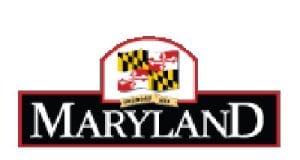 Maryland will begin testing horses for the presence of cobalt, the Maryland Racing Commission decided at its monthly meeting on Tuesday.
Maryland will begin testing horses for the presence of cobalt, the Maryland Racing Commission decided at its monthly meeting on Tuesday.
But, said chairman Bruce Quade, there will be “no definitive threshold” level against which a specific horse might be compared. Maryland has no specific rules regarding allowable cobalt levels, and Quade declined to say how the Commission might respond in a case where a horse is found to have levels significantly higher than those of his competitors.
Truesdail Laboratories, the lab that the Commission has contracted to handle its drug-testing program, reportedly has the wherewithal to test for cobalt levels. The Commission directed executive director Mike Hopkins to work with the lab to implement the change.
On Thurday, Hopkins said that he not determined the exact nature of the testing program but that it would be implemented “soon.”
[box] Notes from the Maryland Racing Commission[/box]
Cobalt is a chemical element that is found in both humans and other animals, including horses. It is considered an essential trace element — that is, a dietary element needed in minute quantities for the health of the organism — because of its role in helping the body to synthesize vitamin B12.
As a result, cobalt helps the body to produce enzymes like thyroxine and “assists in the production of hemoglobin, the red blood cells that carry oxygen throughout your body.”
Those characteristics mean that increasing cobalt levels in the horse — typically through the administration of the drug cobalt chloride — may have performance-enhancing effects because the increased cobalt improves the horse’s ability to deliver oxygen to tired muscles. In this regard, scientists suggest that cobalt chloride can have effects not unlike the widely banned performance-enhancing drug EPO (Erythropoietin). One horse treated with cobalt chloride, said an Australian harness racing official, “went around the track like a new Learjet.”
While the Hong Kong Jockey Club has established threshold levels for cobalt and penalties for exceeding them, no such rules exist in the United States. In January, The Meadowlands harness track announced that two trainers, whose horses had been found to have abnormally high levels of cobalt through out-of-competition testing, had been banned from racing at that facility and two other tracks under the same ownership. In March, the California Horse Racing Board (CHRB) announced that it would begin testing cobalt levels.
Alan Foreman, who is general counsel to the Maryland Thoroughbred Horsemen’s Association and has been active in developing and promoting the national uniform medication program, said at the Commission meeting that such testing is vital to helping the industry develop the science — such as threshold levels — that will support subsequent regulation.
Some veterinarians say that regulating cobalt levels goes beyond protecting the integrity of the sport. They say that it is also a health and safety issue for the horses.
“Cobalt toxicity has been associated with myocardial (heart muscle) and other organ pathology in humans and other animals,” Dr. Rick Arthur, the equine medical director for the CHRB, wrote in a memo. While acknowledging that there are no known cases of cobalt toxicity in racehorses, he went on to say that the CHRB considers administering cobalt chloride “a potential equine health and safety issue.”
IN OTHER NEWS:
- The Commission continued to discuss expanding the void-claim rule to allow claimants to void, at their sole discretion, the claim of any horse that has to be vanned off the track at the direction of the state veterinarian. While there is widespread agreement to support such an expansion, some commissioners want to see specific procedures outlined before granting final approval. These would include matters like determining specifically who can — and cannot — void a claim in a case where the new owner is not available. “There’s just so many loose ends,” Commissioner Lou Ulman told the meeting. The MTHA’s Alan Foreman said that he would draft such procedures and present them to the Commission in the coming weeks. “The point is to get this rule in place for the Laurel fall meet,” he said.
- Bruce Spizler, former counsel to the Commission, spoke during the public comment period about what he said was the track’s failure to showcase the sport properly. “The tote board screens at Pimlico and Laurel are difficult, if not impossible, to see,” he told the Commission, “and, I submit, with all due respect, serve as an embarrassment.” He pointed out that the Maryland Jockey Club could replace those screens essentially at half-price by using funds from the Racetrack Facility Renewal Account (RFRA), which are 50-50 matching funds for capital improvements. “Show it, and they will see,” he concluded.
- Members of the standardbred community announced their intention, later this summer, to hold an exhibition race of standardbreds racing under saddle. In these events, standardbreds are ridden like Thoroughbreds but must remain on their traditional stride (trotting or pacing).


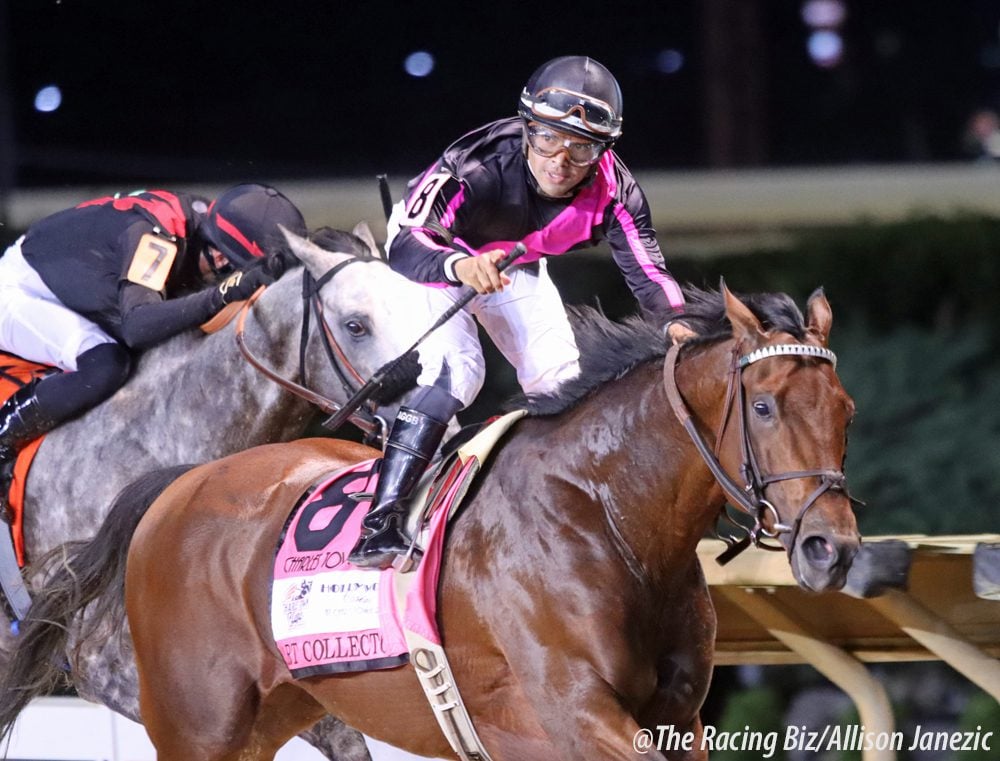

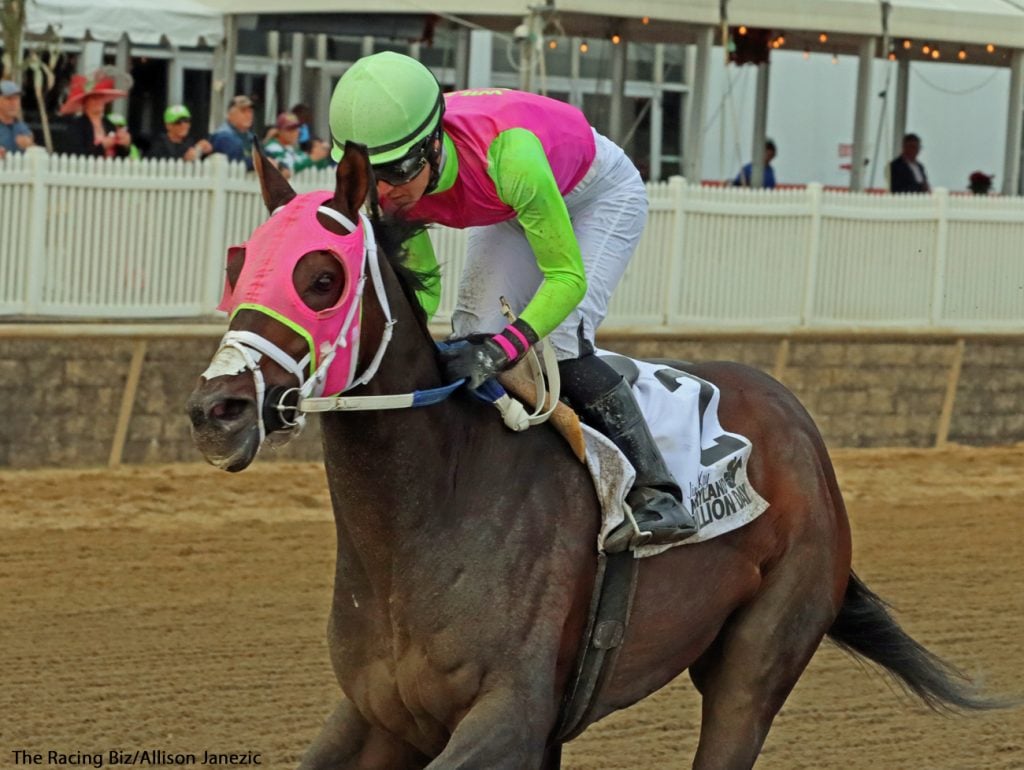
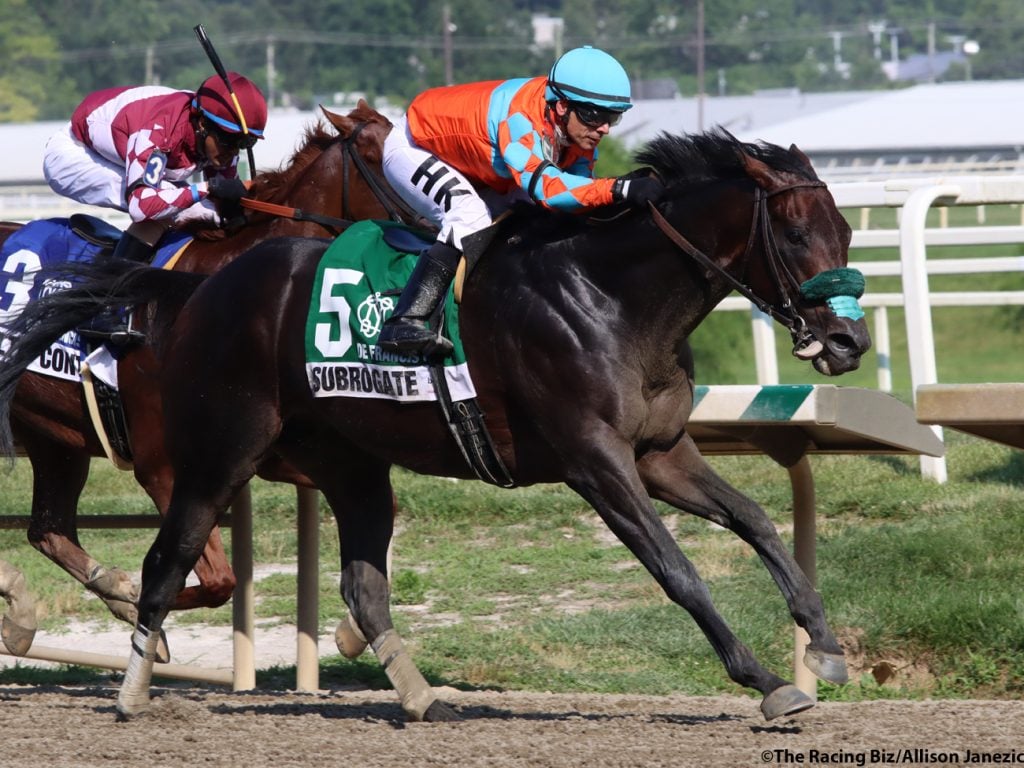
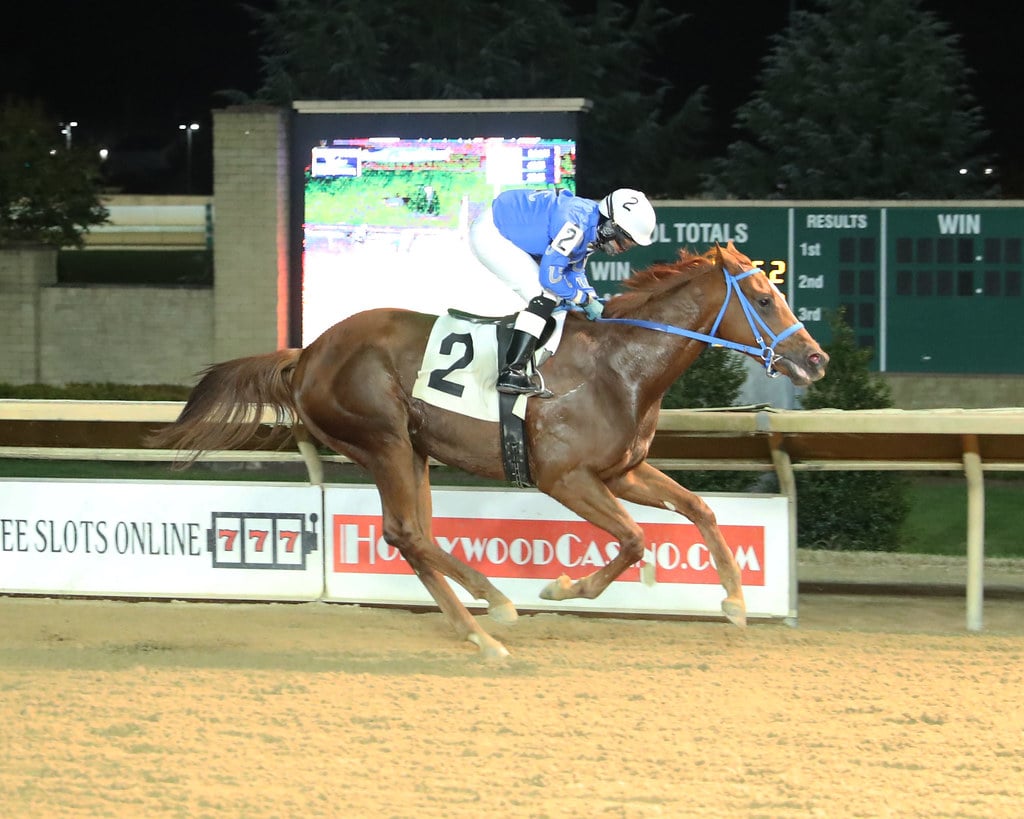
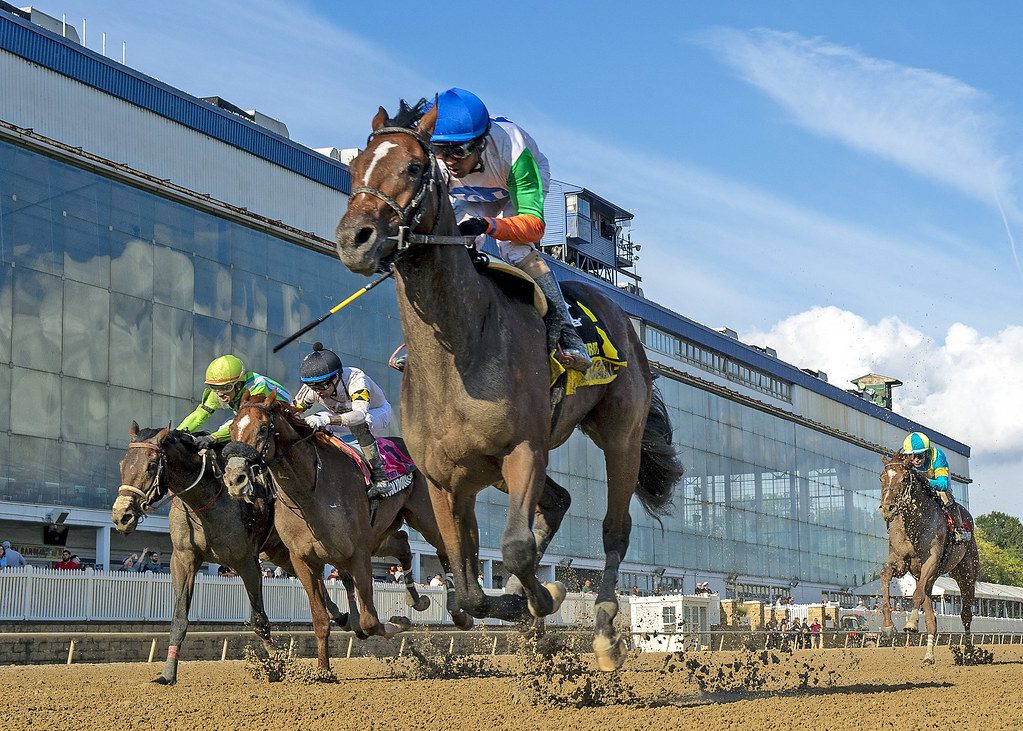


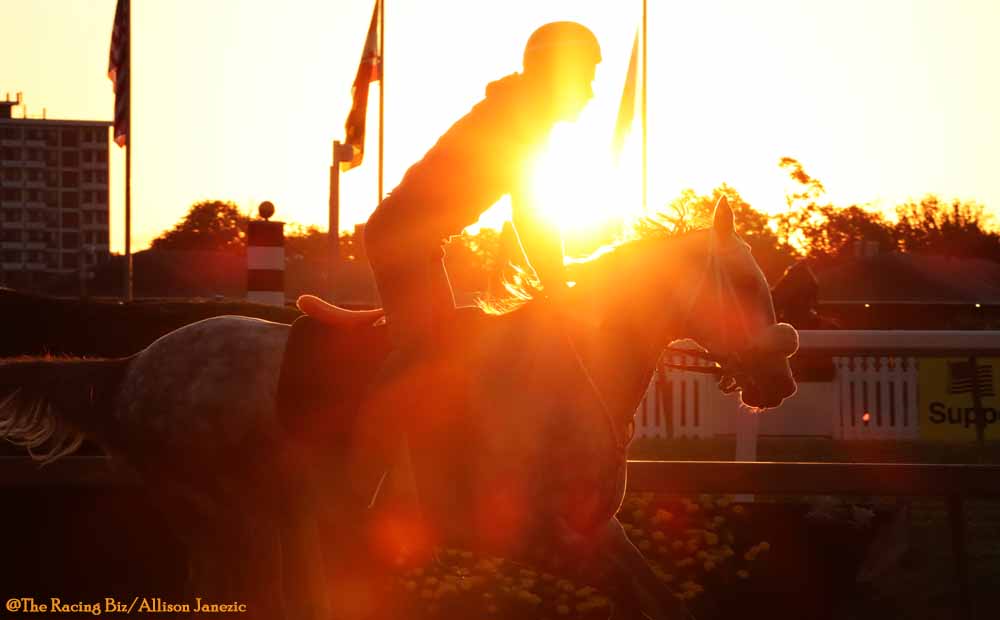
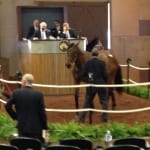

Michael Fisher
22nd May 2014You are so right Mr. Spizler
Lead Pony
23rd May 2014Mr Ulman claims and races TB’s. Another delaying tactic to protect his friends.
Lead Pony
23rd May 2014FYI Testing cobalt levels met with collective yawn from Laurel backstretch
The Biz
27th May 2014Why is that, Pony?